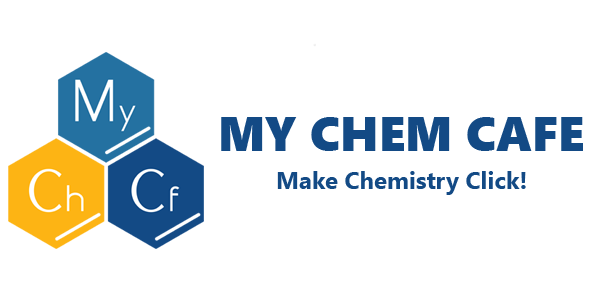18. Application of Reaction Kinetics in Everyday Life
Understanding the meaning of Chemical Kinetics
Chemical reactions occur all around us, whether it be combustion in the engine of a car or photosynthesis in the leaves of a plant. Kinetics is utilized by scientists to determine the optimal conditions and variables required to speed up the reaction time of certain reactions. Chemical Kinetics is an experimentally determined area of chemistry where no theories can determine the rate expression by just considering the chemicals involved. Through this topic we can observe and infer that by altering conditions of an experiment, the speed of the reaction is affected. Chemical Kinetics is used to study these conditions and how they affect the rate of reactions.
To excel in chemistry examinations, be it the ‘O’ & ‘A’ Levels or the International Baccalaureate (IB), students must be able to picture real-life applications of chemistry and particularly for the topic of kinetic, how to infer the order of reaction of the chemical reactions behind these real-life phenomena. These skills will be focused on in chemistry tuition, with some real-life examples given the by the chemistry tutor covered below:
Combustion in a car engine
Have you ever wondered how the energy to drive your car is produced?
When driving, the engine combusts fuel with atmospheric oxygen which results in the production carbon dioxide and water, among other products. The energy produced by this reaction is used in the engine to enable the car to drive.
By adjusting the variables of the reaction, we can study how the rate of the reaction is impacted. For example, we can study how adjusting the pressure within the combustion engine affects the speed of combustion in a car engine. Having gained a deeper understanding of how various factors affect the combustion reaction, we are now able to adjust the conditions to tailor to our requirements. In chemistry tuition, students are taught how to reconcile data from such experiments to deduce experimental trends and determine the optimal conditions for various experiments.
Photosynthesis in plants
Plants are immotile and rely on the chemical reaction photosynthesis whereby plants combine water and carbon dioxide in the presence of sunlight to produce glucose, or in other words “plant food”.
Photosynthesis is another common chemical equation often used in the study of chemical kinetics as the reaction is affected by several variables such as the temperature of the surroundings and intensity of sunlight. Studying the kinetics behind this reaction enables one to determine the optimal conditions for growing various plants, thus maximizing yield!
A smooth transition from Secondary school to JC/IB
The study of Chemical kinetics begins from an elementary level in O Level chemistry where the effects of factors like exposed surface area and temperature are briefly covered. Having chemistry tuition not only recaps ideas from secondary school but provides a smooth transition from pre-existing knowledge to the more rigorous study of kinetics in JC/IB. This is achieved by finding links between the two levels and connecting them with a real-life application. An important and fascinating topic, chemical kinetics should not worry students as a good chemistry tutor is able to guide them through the topic thoroughly.
Click HERE to read next
Chemistry Tuition Singapore @ MY CHEM CAFE
Principal Chemistry Tutor: Mr. Jacky Wong

